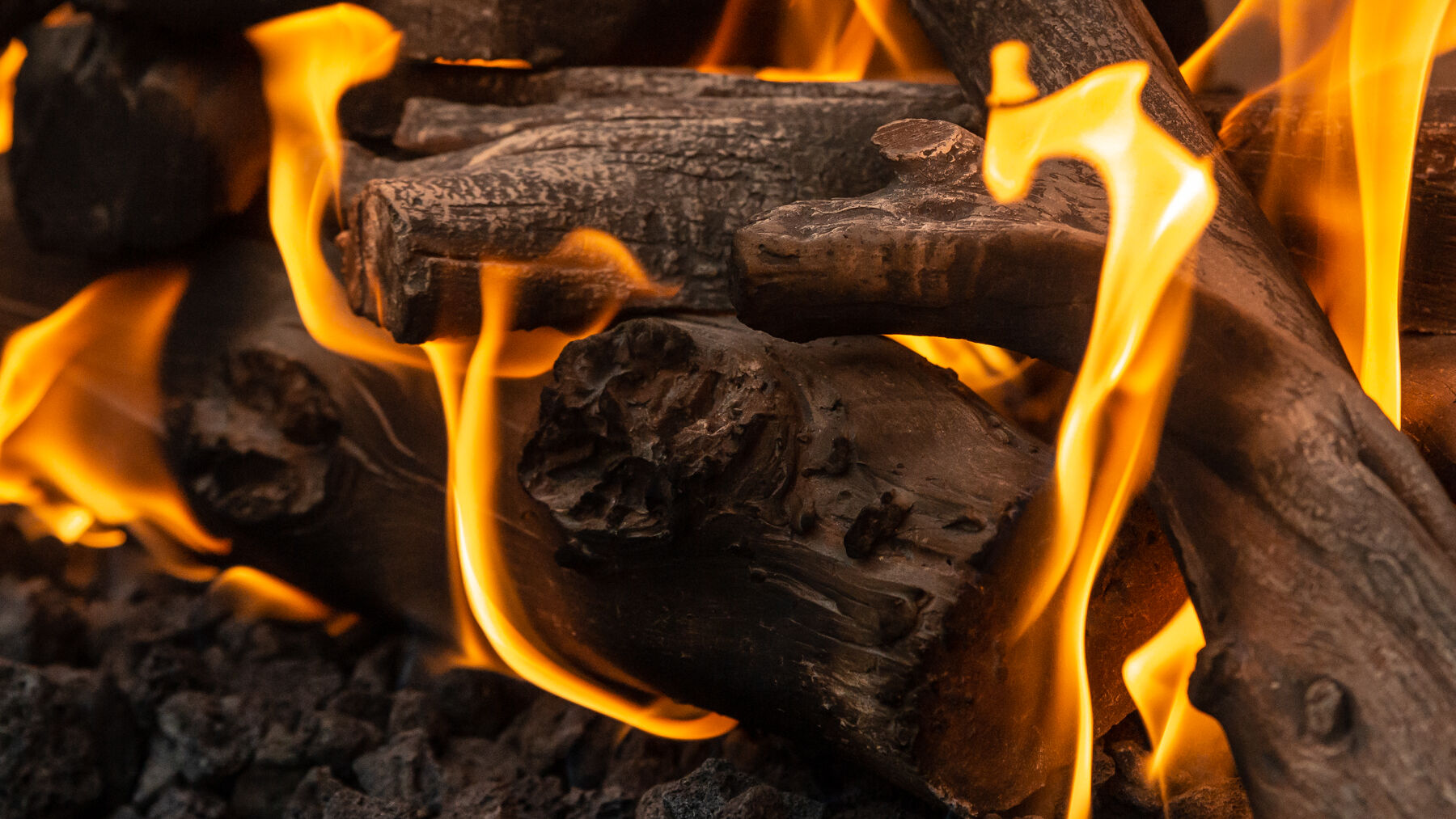

Articles
How To Place Logs In Fireplace
Modified: February 24, 2024
Learn how to properly place logs in your fireplace with our informative articles. Discover tips and techniques to ensure a warm and cozy fire every time.
(Many of the links in this article redirect to a specific reviewed product. Your purchase of these products through affiliate links helps to generate commission for Storables.com, at no extra cost. Learn more)
Introduction
Welcome to the wonderful world of cozy fires and ambiance provided by a fireplace. There’s something special about gathering around a crackling fire on a cold winter’s night or enjoying the calming glow of flames during a quiet evening. Whether you’re a seasoned fireplace enthusiast or a beginner looking to learn how to properly place logs in a fireplace, this article is for you.
Choosing the right logs, clearing and preparing the fireplace, building the base, and arranging the logs are all crucial steps in creating a successful fire. Additionally, understanding how to create airflow, properly light the fire, and maintain it throughout the evening are essential for a safe and enjoyable experience.
In this article, we’ll cover everything you need to know to ensure that your fireplace experience is both warm and satisfying. From selecting the right type of logs to implementing safety precautions, we’ve got you covered. So, let’s dive in and learn how to place logs in a fireplace like a pro.
Key Takeaways:
- Choose seasoned hardwood logs for longer burning times and higher heat output. Clear the fireplace, build a sturdy base, and strategically arrange logs for optimal airflow and a cozy, safe fire.
- Prioritize safety by keeping flammable items away, using a fireplace screen, and having working smoke detectors and fire extinguishers. Enjoy the warmth and beauty of a well-maintained fire in your fireplace.
Read more: How To Install Gas Logs In Fireplace
Choosing the right logs
When it comes to creating a successful fire in your fireplace, selecting the proper logs is key. Here are some factors to consider when choosing the right logs:
- Hardwood vs. Softwood: Hardwoods, such as oak, maple, and hickory, are denser and provide longer burning times and higher heat output. Softwoods, like pine and fir, ignite quickly and produce a lively flame, making them ideal for kindling. Mixing different types of wood can provide a balance of burn time and heat.
- Seasoned vs. Unseasoned: Seasoned logs have been dried for at least six months, reducing their moisture content and making them easier to ignite. Unseasoned logs contain more moisture and may create excessive smoke and poor combustion. It’s best to opt for seasoned logs for better burning efficiency.
- Size and Shape: Logs should be cut into manageable lengths, typically between 14 and 18 inches, to fit comfortably in the fireplace. They should also have a diameter of around 3 to 6 inches. Avoid using overly large or irregularly shaped logs as they may impede proper airflow.
- Quality: Look for logs that are clean, dry, and free from mold, pests, or signs of rot. Quality logs ensure a clean and efficient burn.
- Sustainable and Eco-Friendly: Consider using logs sourced from responsibly managed forests or eco-friendly alternatives, such as compressed sawdust or coconut briquettes. These options reduce environmental impact and promote sustainability.
By considering these factors, you can choose logs that will maximize the heat output, burn efficiently, and create a pleasant flame in your fireplace. Remember to always purchase logs from reputable sources to ensure their quality and sustainability.
Clearing and preparing the fireplace
Before starting a fire, it’s important to clear and prepare the fireplace to ensure a safe and efficient burn. Here are the steps to follow:
- Remove ashes: Begin by removing any remaining ashes from previous fires. Use a fireplace shovel or ash vacuum to scoop out the ashes and dispose of them in a metal container. Be sure the ashes are completely cooled before discarding them.
- Clean the fireplace: Use a fireplace brush or vacuum attachment to clean the walls and floor of the fireplace. Remove any debris, dust, or soot buildup. This will help prevent any potential blockages and ensure proper airflow.
- Check the chimney: Inspect the chimney for any obstructions or blockages, such as bird nests or debris. If necessary, hire a professional chimney sweep to clean and inspect the chimney to ensure proper ventilation.
- Open the damper: The damper controls the airflow in the chimney. Make sure the damper is fully open before starting the fire to allow smoke and gases to escape freely.
- Protect the area: Place a fire-resistant rug or mat in front of the fireplace to protect the flooring from any sparks or stray embers that may escape the fire. Additionally, ensure that any flammable materials, such as furniture or curtains, are kept a safe distance away from the fireplace.
By following these steps, you’ll have a clean and prepared fireplace that is ready for a safe and enjoyable fire. Taking the time to clear and prepare the fireplace ensures optimal performance and minimizes any potential hazards.
Building the base and arranging the logs
Properly building the base and arranging the logs is essential for creating a well-structured fire that burns consistently and efficiently. Follow these steps to build a strong base and arrange the logs:
- Lay down newspaper or kindling: Start by placing a layer of newspaper or a few handfuls of small kindling at the bottom of the fireplace. This will serve as the base for the fire and help ignite the logs more easily.
- Create a log cabin structure: Arrange two larger logs parallel to each other, leaving a small gap in between. Then, place two more logs perpendicular to the first set, creating a square or rectangular structure resembling a log cabin. This layout allows for adequate airflow and promotes more efficient burning.
- Add kindling in between the logs: Fill the gaps between the logs with small, dry kindling. This will provide additional fuel for the fire and help ignite the larger logs. Make sure the kindling is arranged loosely to allow air circulation.
- Stack smaller logs on top: Place smaller logs or split pieces of wood on top of the foundation logs. These logs will catch fire easily and sustain the flames as the fire grows.
Keep in mind that the key is to create a well-structured base that allows for proper airflow and ensures a steady burn. Avoid stacking the logs too tightly, as this can restrict airflow and hinder combustion. On the other hand, if the logs are too spread out, the fire may burn too quickly and require frequent log additions.
By following these steps, you will have a solid foundation and a neatly arranged stack of logs ready to be ignited. Building the base and arranging the logs in a strategic manner promotes better burning and helps maintain a longer-lasting fire.
Placing smaller logs and kindling
Once you’ve built the base and arranged the foundation logs, it’s time to add smaller logs and kindling to help ignite the fire. Follow these steps to properly place smaller logs and kindling:
- Add kindling: Start by placing small, dry kindling on top of the foundation logs. Kindling serves as the initial fuel to ignite the fire. Use thin, lightweight pieces of wood or sticks that are easily combustible. Arrange the kindling in a crisscross pattern, allowing for air circulation.
- Use newspaper or fire starters: Place a few sheets of crumpled newspaper or fire starters on top of the kindling. These will provide a source of ignition for the fire. Make sure to leave space for the flames to travel upwards and ignite the rest of the logs.
- Position smaller logs: Layer smaller logs on top of the kindling and newspaper. These logs will catch fire quickly and help sustain the flames as the fire builds. Place them in a crisscross or teepee formation to allow for optimum airflow and combustion.
It’s important to note that the smaller logs and kindling should be arranged loosely to promote proper airflow. This ensures that the flames have access to sufficient oxygen for a healthy burn. Additionally, make sure the logs are dry and free from moisture, as wet logs can create excessive smoke and impede combustion.
By placing smaller logs and kindling in a strategic manner, you create the foundation for a successful fire. The kindling provides the initial ignition, while the smaller logs act as fuel to sustain the flames and create a warm and inviting fire in your fireplace.
Read more: How To Measure A Fireplace For Gas Logs
Adding larger logs
Once you have a well-established fire with the smaller logs and kindling, it’s time to add larger logs to keep the fire going. Follow these steps to add larger logs effectively:
- Select the right size: Choose larger logs that are dry and well-seasoned. These logs should ideally have a diameter of around 3 to 6 inches and be of manageable length. Avoid using logs that are too large or irregularly shaped, as they can restrict airflow and hinder the burn.
- Place logs diagonally: Position the larger logs diagonally across the smaller logs or in a teepee formation. This allows for ample air circulation and promotes a steady burn. Make sure the logs are not stacked too tightly to maintain proper airflow.
- Leave space for oxygen: Leave gaps between the larger logs to ensure oxygen can reach the burning fire. Adequate oxygen supply is essential for a sustained and efficient burn.
- Add logs gradually: Add the larger logs gradually, ensuring that each log is positioned securely and doesn’t collapse onto the fire. By adding logs in stages, you can maintain an even burn and avoid smothering the fire.
It’s worth noting that you should not overload the fireplace with too many logs at once. Overloading can inhibit proper airflow and cause the fire to smolder rather than burn brightly. It’s better to add logs gradually as needed to maintain a consistent flame and desired heat output.
Adding larger logs to the fire helps to sustain it for an extended period. These logs provide a longer burning time and continue to generate warmth and ambience in your fireplace. Just make sure to arrange them in a way that allows for proper air circulation to ensure a successful burn.
When placing logs in a fireplace, start with crumpled newspaper or kindling at the bottom, then stack the logs in a crisscross pattern to allow for proper airflow. This will help the fire burn more efficiently and evenly.
Creating airflow
Creating proper airflow is crucial for a well-functioning fire in your fireplace. Adequate airflow allows the fire to burn efficiently and provides oxygen for combustion. Here are some tips to create optimal airflow:
- Open the damper: The damper controls the amount of airflow in the chimney. Make sure it is fully open before starting the fire to allow smoke and gases to escape and fresh air to enter the fireplace.
- Use a fireplace grate: Placing a fireplace grate at the base of the fire helps improve airflow. The grate elevates the logs off the floor, allowing air to circulate beneath and around the fire. This promotes better combustion and more even heat distribution.
- Avoid overcrowding the fireplace: Avoid stacking logs too tightly or placing too many logs in the fireplace. Overcrowding can restrict airflow and hinder the fire’s ability to burn efficiently. Leave enough space for oxygen to reach the fire, allowing it to burn brightly.
- Position logs and kindling strategically: When placing the logs and kindling, create gaps and spaces between them to facilitate airflow. Proper spacing allows the fire to draw in fresh air and maintain a steady burn. Arrange logs in a teepee or diagonal pattern to provide pockets of air circulation.
- Keep the area around the fireplace clear: Avoid placing furniture, rugs, or any other obstructions near the fireplace. Clearing the area allows for unrestricted airflow to the fire, preventing smoke from lingering in the room and promoting efficient burning.
- Consider using a fireplace blower: If you want to enhance airflow further, you can install a fireplace blower or fan. These devices help circulate the warm air from the fire into the room, increasing heat distribution and improving overall efficiency.
By creating proper airflow, you ensure that your fire burns efficiently, produces less smoke, and provides optimal warmth and comfort. Remember, good airflow is essential for a successful and enjoyable fire in your fireplace.
Lighting the fire
Now that your fireplace is prepared and the logs are arranged, it’s time to light the fire and enjoy the cozy ambiance. Follow these steps to safely and effectively light your fire:
- Create a fire starter: Use crumpled sheets of newspaper or specially designed fire starters to ignite the fire. Place the fire starter in the center of the kindling or between the logs.
- Use matches or a fireplace lighter: Light a match or a long-reach fireplace lighter and carefully ignite the fire starter. Be cautious not to burn yourself or ignite anything other than the fire starter.
- Allow the flames to catch: As the fire starter ignites, watch as the flames spread to the kindling and gradually reach the larger logs. Keep a safe distance and avoid inhaling the smoke.
- Adjust the damper: After the fire has caught and is burning steadily, you can partially close the damper to control the intensity of the fire and prevent excessive heat loss up the chimney. However, always ensure there is still enough airflow to sustain the fire.
- Monitor the fire: Keep an eye on the fire as it burns, ensuring that it stays contained within the fireplace. Avoid leaving the fire unattended and maintain a safe distance from it. Use fireplace tools to adjust the logs and maintain the desired flame height.
It’s important to exercise caution when lighting a fire and always follow proper fire safety guidelines. Never use flammable liquids to ignite the fire, as this can lead to dangerous situations. Instead, rely on safe and reliable methods to start your fire.
Once the fire is burning steadily, you can sit back, relax, and enjoy the warmth and beauty it provides. Take this time to unwind, read a book, or spend quality time with loved ones around the cozy fire.
Maintaining the fire
After successfully lighting the fire, it’s important to maintain it to ensure a long-lasting and enjoyable experience. Follow these tips to properly maintain the fire in your fireplace:
- Add logs as needed: As the fire burns, the logs will gradually turn into glowing embers. Keep an eye on the fire and add additional logs as needed to maintain a steady flame and desired heat output. Place the logs carefully to avoid smothering the fire.
- Adjust the damper: Throughout the burning process, monitor the airflow and adjust the damper as necessary. If the fire is struggling or producing excessive smoke, open the damper more to allow for better ventilation. Conversely, if the fire is too intense, partially close the damper to regulate the airflow.
- Use fireplace tools: Use fireplace tools, such as a poker or tongs, to rearrange the logs and move them closer together or separate them as needed. This helps control the burn rate and keeps the fire burning evenly.
- Keep a safe distance: When tending to the fire, always remember to keep a safe distance. Use the appropriate tools to avoid direct contact with the flames or hot logs. Wearing heat-resistant gloves can provide an extra layer of protection.
- Dispose of ashes safely: Once the fire has completely burned out and the ashes have cooled, use a fireplace shovel to carefully remove the ashes and transfer them to a metal container. Store the container outdoors and away from any flammable materials until the ashes can be properly disposed of.
Regularly monitoring and maintaining the fire ensures that it continues to burn safely and effectively. Adjusting the logs, airflow, and heat output as needed allows you to customize the fire to your preferences and ensures a comfortable and enjoyable experience.
Remember, always exercise caution and adhere to fire safety protocols when maintaining the fire. Safety should be a top priority to avoid accidents or damage to your home.
Read more: What Is A Gas Log Fireplace
Safety Precautions
While enjoying a fire in your fireplace can be a cozy and pleasurable experience, it’s important to prioritize safety. Here are some key safety precautions to keep in mind when using your fireplace:
- Keep flammable items away: Ensure that flammable materials, such as furniture, rugs, curtains, and decorations, are kept a safe distance away from the fireplace. This helps prevent accidental ignition and reduces the risk of fire spreading.
- Use a fireplace screen: Place a sturdy, properly fitted fireplace screen in front of the fireplace to prevent sparks and embers from escaping and causing damage or injury.
- Install carbon monoxide and smoke detectors: Make sure you have working carbon monoxide and smoke detectors installed near or inside the room with the fireplace. Regularly test them to ensure they are functioning properly and change the batteries as needed.
- Never leave the fire unattended: Never leave a burning fire unattended. Always supervise the fire, and make sure it is completely extinguished before leaving the room or going to bed.
- Properly dispose of ashes: Once the fire has burned out and the ashes have cooled, carefully remove the ashes with a fireplace shovel and dispose of them in a metal container. Store the container outdoors and away from any flammable materials until the ashes are cool enough for proper disposal.
- Keep children and pets away: Educate children about the dangers of fire and ensure they understand the need to keep a safe distance. Additionally, keep pets away from the fireplace to prevent accidental burns or other mishaps.
- Have a fire extinguisher nearby: Keep a fire extinguisher in close proximity to the fireplace, ensuring that it is easily accessible. Familiarize yourself with its operation and know how to use it effectively.
- Regularly inspect and maintain the fireplace: Schedule regular inspections and maintenance for your fireplace, chimney, and ventilation system to ensure they are in good working condition. Hire a professional chimney sweep to clean the chimney and remove any potential blockages.
By adhering to these safety precautions, you can enjoy the warmth and beauty of a fire in your fireplace while keeping your home and loved ones protected. Remember, fire safety should always be a priority for a worry-free and enjoyable fireplace experience.
Conclusion
Building and maintaining a fire in your fireplace can provide a cozy and captivating ambiance, especially during the colder months. By following the proper steps to place logs in your fireplace, you can ensure a safe and enjoyable experience.
Choosing the right logs, clearing and preparing the fireplace, building a solid base, arranging the logs strategically, creating airflow, lighting the fire, and maintaining it are all important aspects of successfully using your fireplace. Each step plays a crucial role in creating a warm and inviting fire that adds charm to your home.
Remember to consider factors such as hardwood versus softwood, seasoning of the logs, and the size and quality of the logs when selecting your firewood. Clearing the fireplace, opening the damper, and using the appropriate tools help promote proper airflow and prevent hazards.
When arranging the logs, start with kindling and gradually add smaller and larger logs to maintain a steady burn. Regularly monitor the fire, add logs as needed, and adjust the damper to control the intensity and heat output. Always prioritize safety, keeping flammable items away, using a screen, and having working smoke detectors and fire extinguishers on hand.
By following these guidelines and taking necessary safety precautions, you can enjoy the warmth, comfort, and beauty of a well-maintained fire in your fireplace. So, gather your loved ones, cozy up, and create lasting memories around the magical glow of your fireplace.
Frequently Asked Questions about How To Place Logs In Fireplace
Was this page helpful?
At Storables.com, we guarantee accurate and reliable information. Our content, validated by Expert Board Contributors, is crafted following stringent Editorial Policies. We're committed to providing you with well-researched, expert-backed insights for all your informational needs.
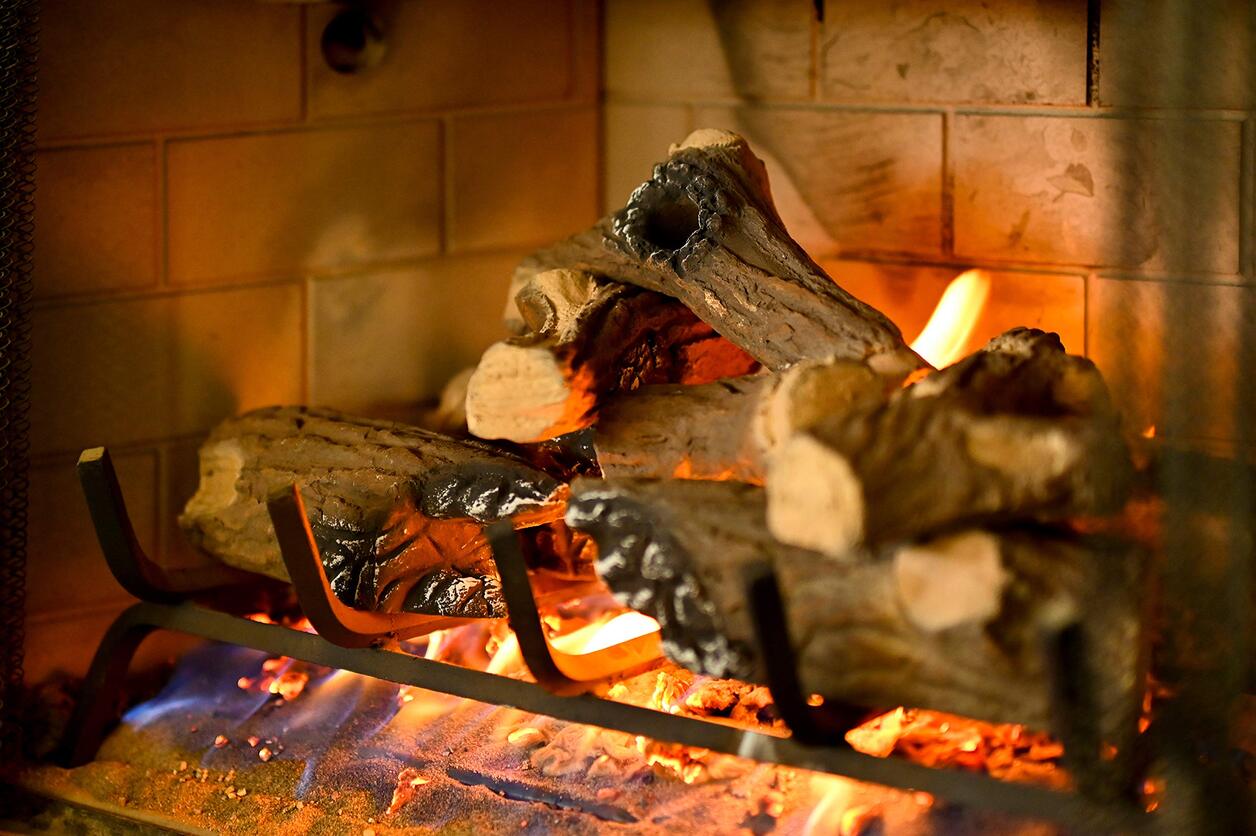
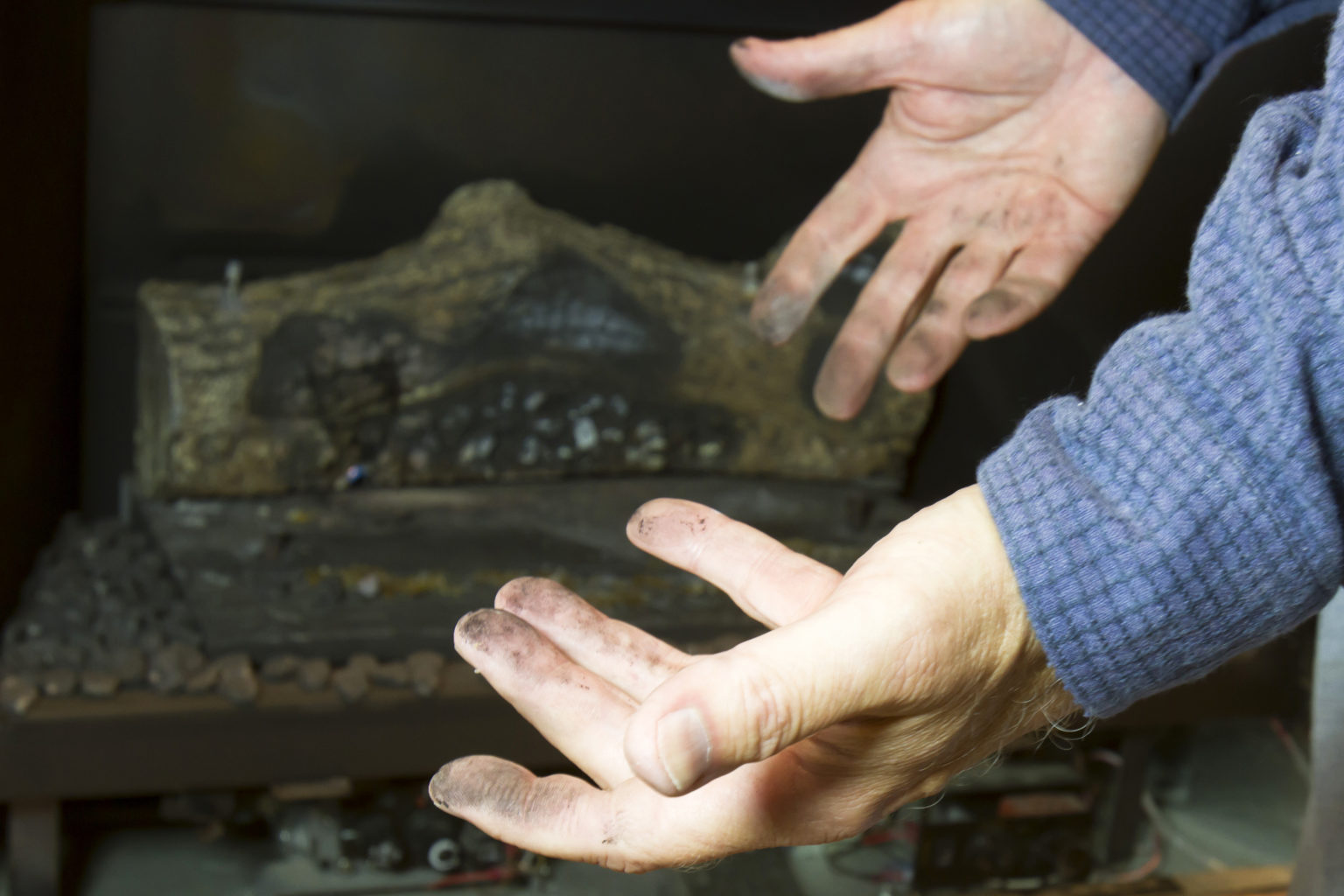
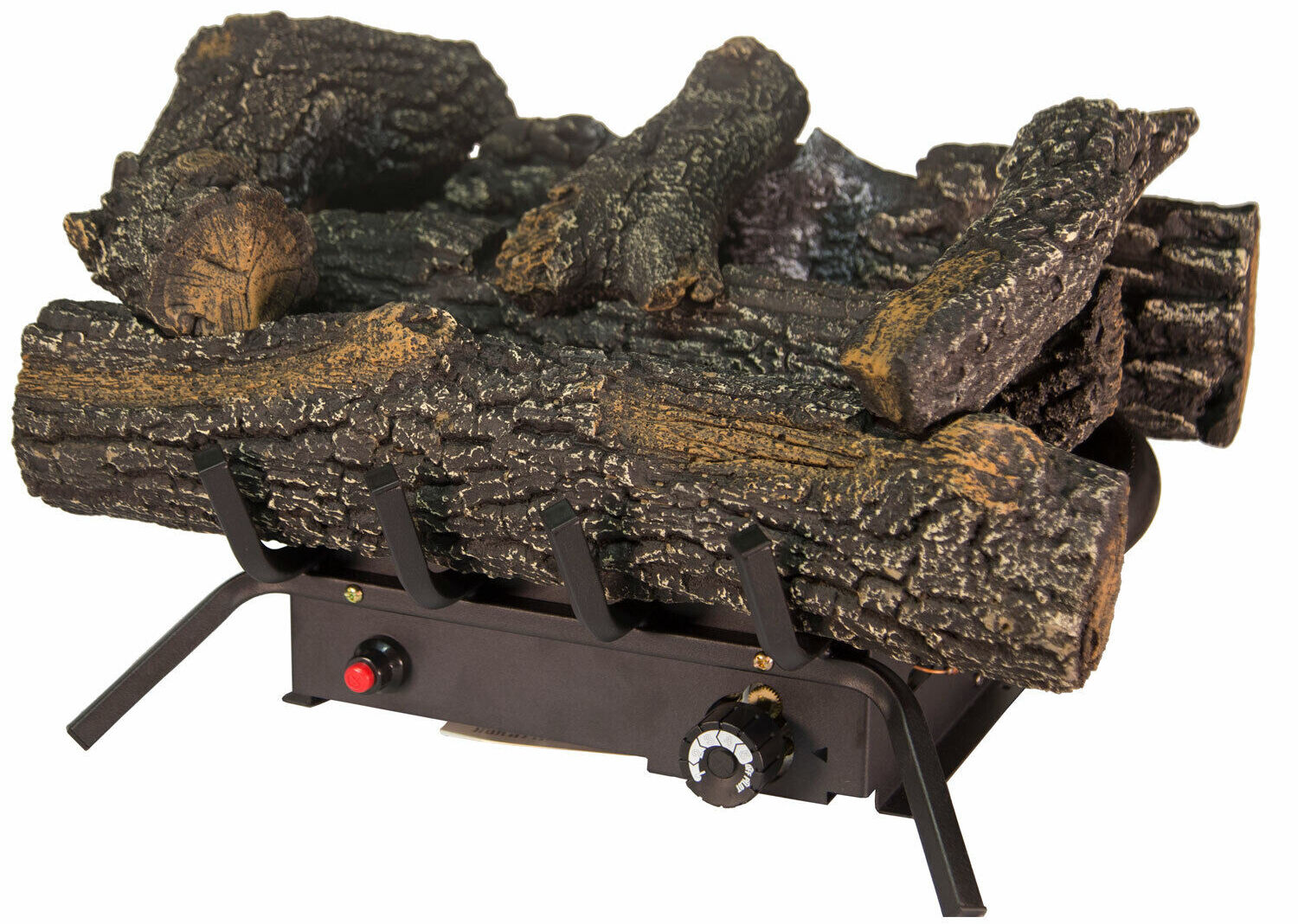
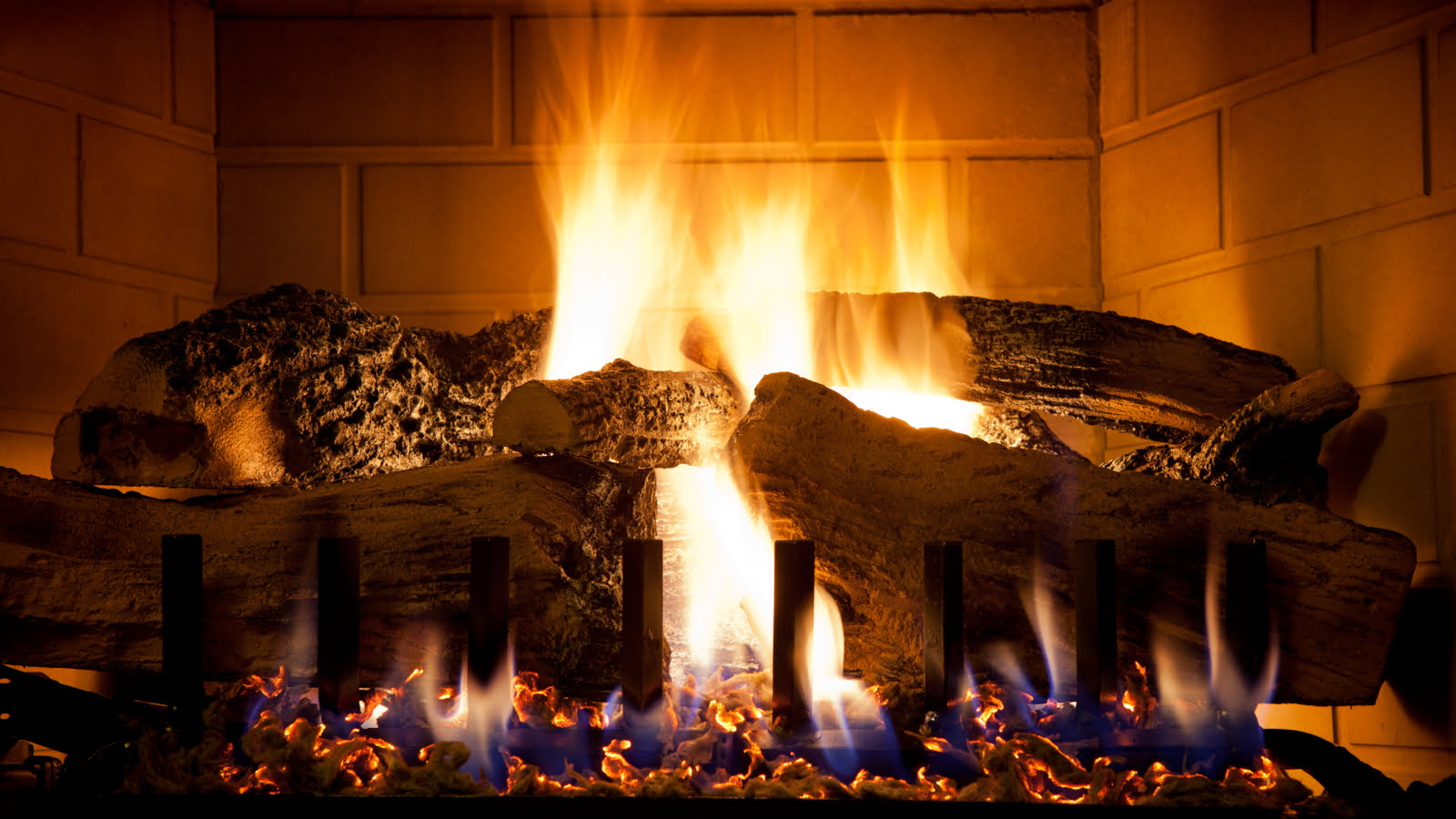
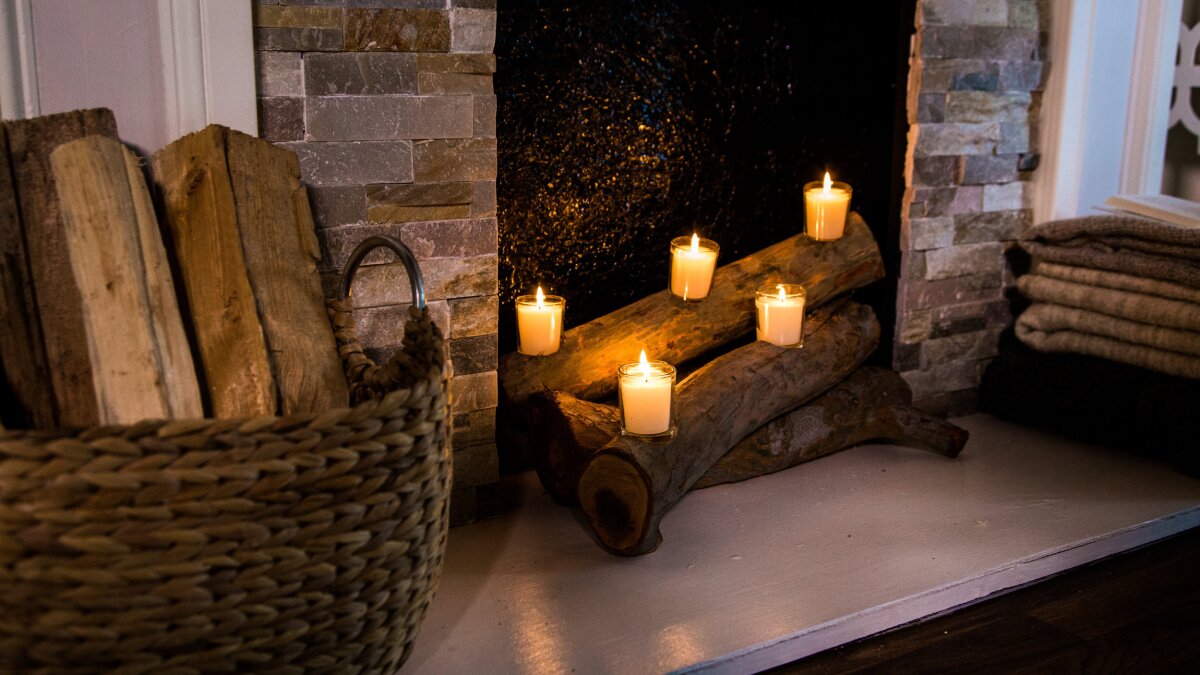
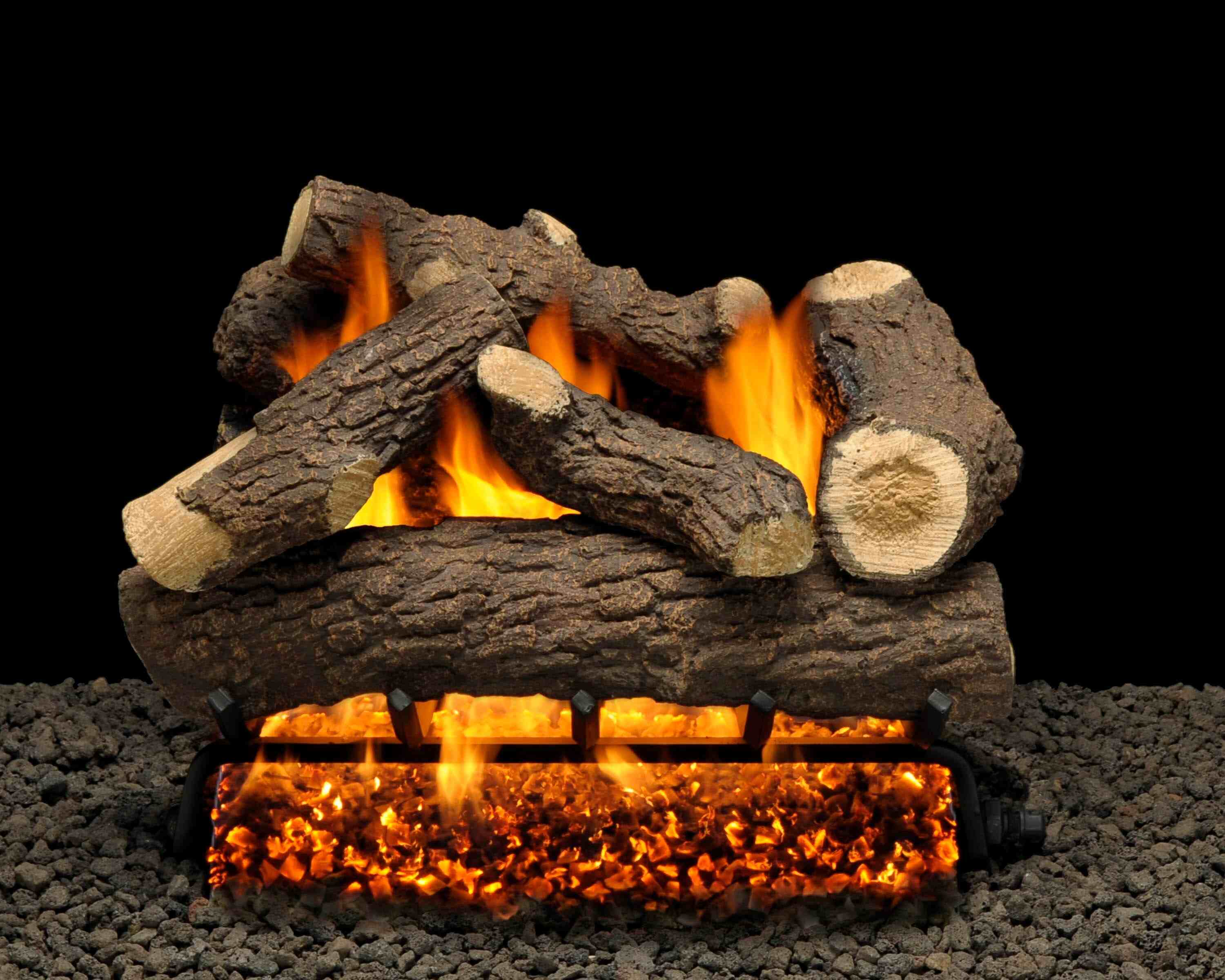
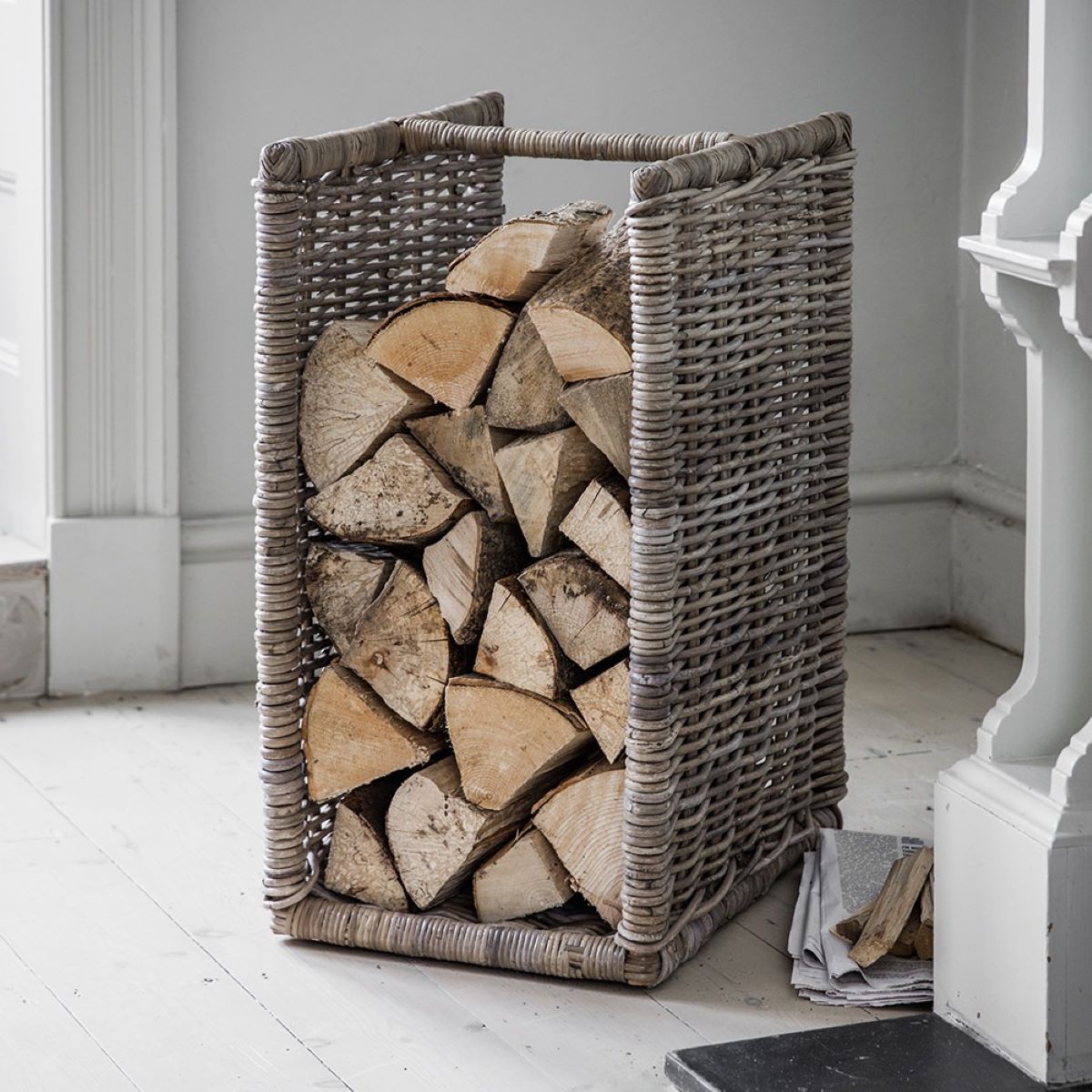
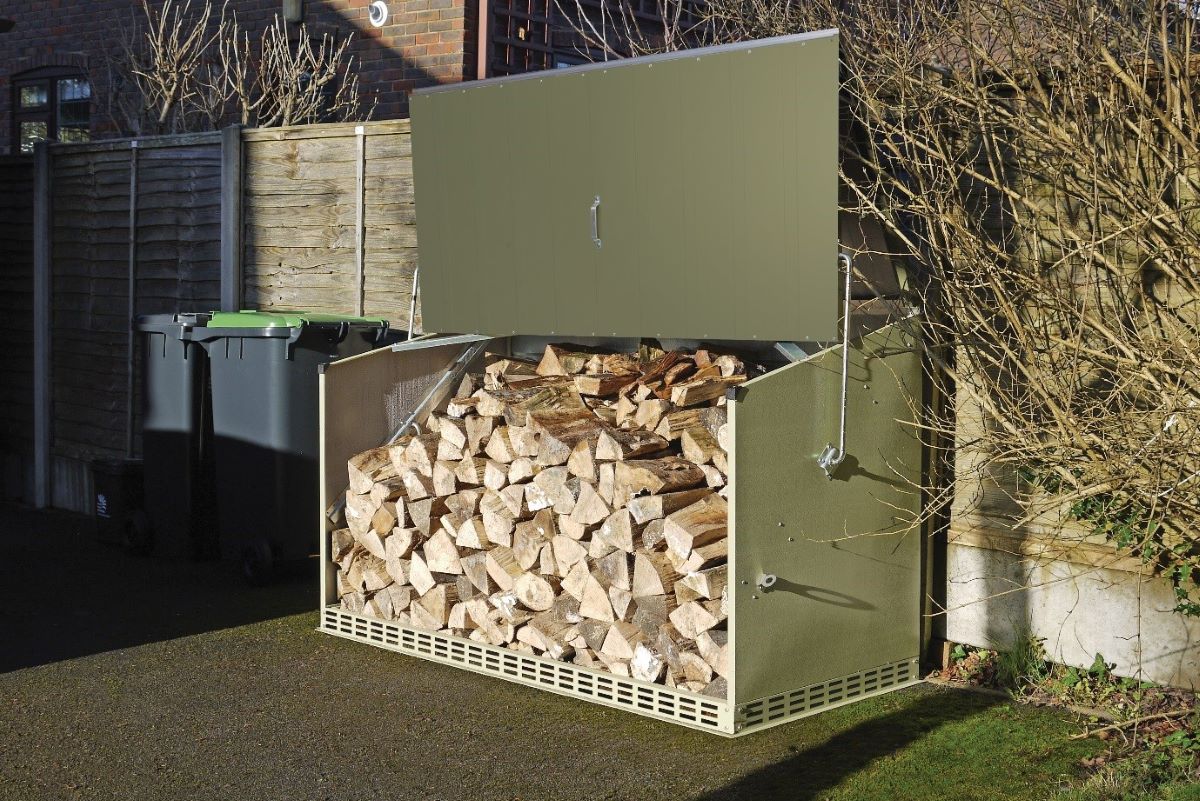
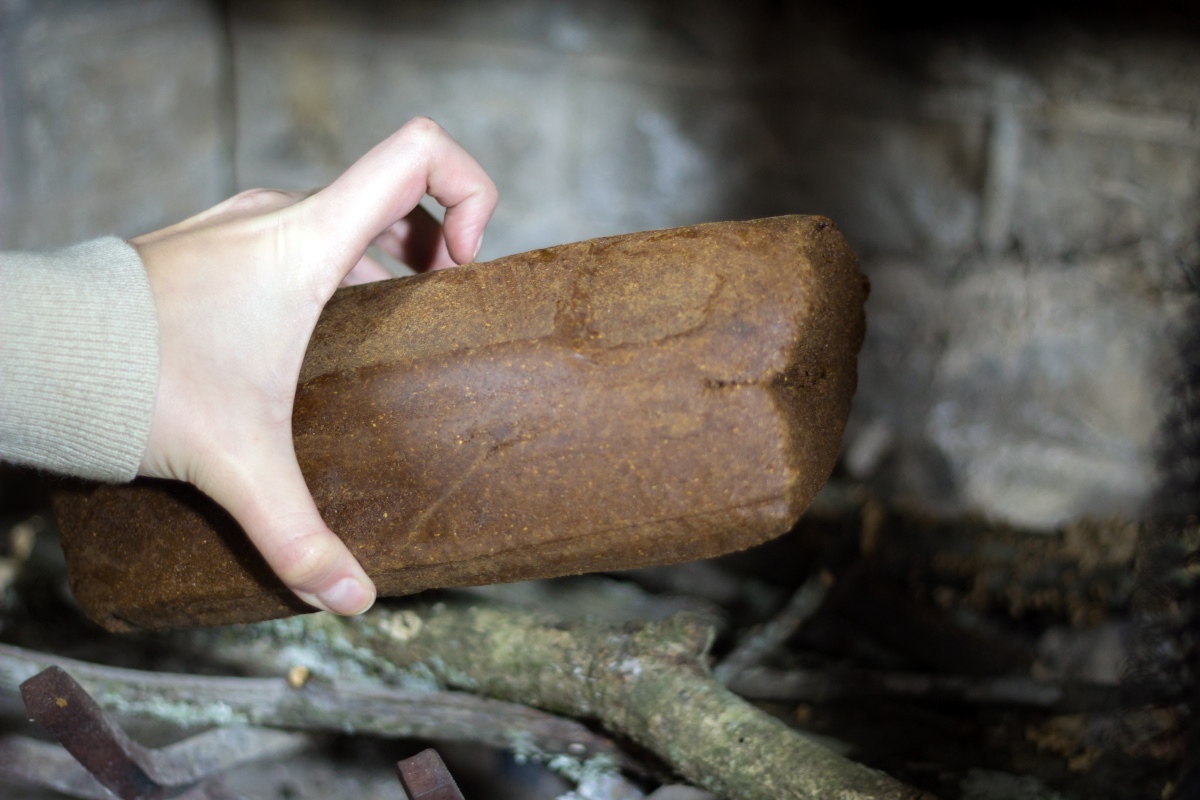
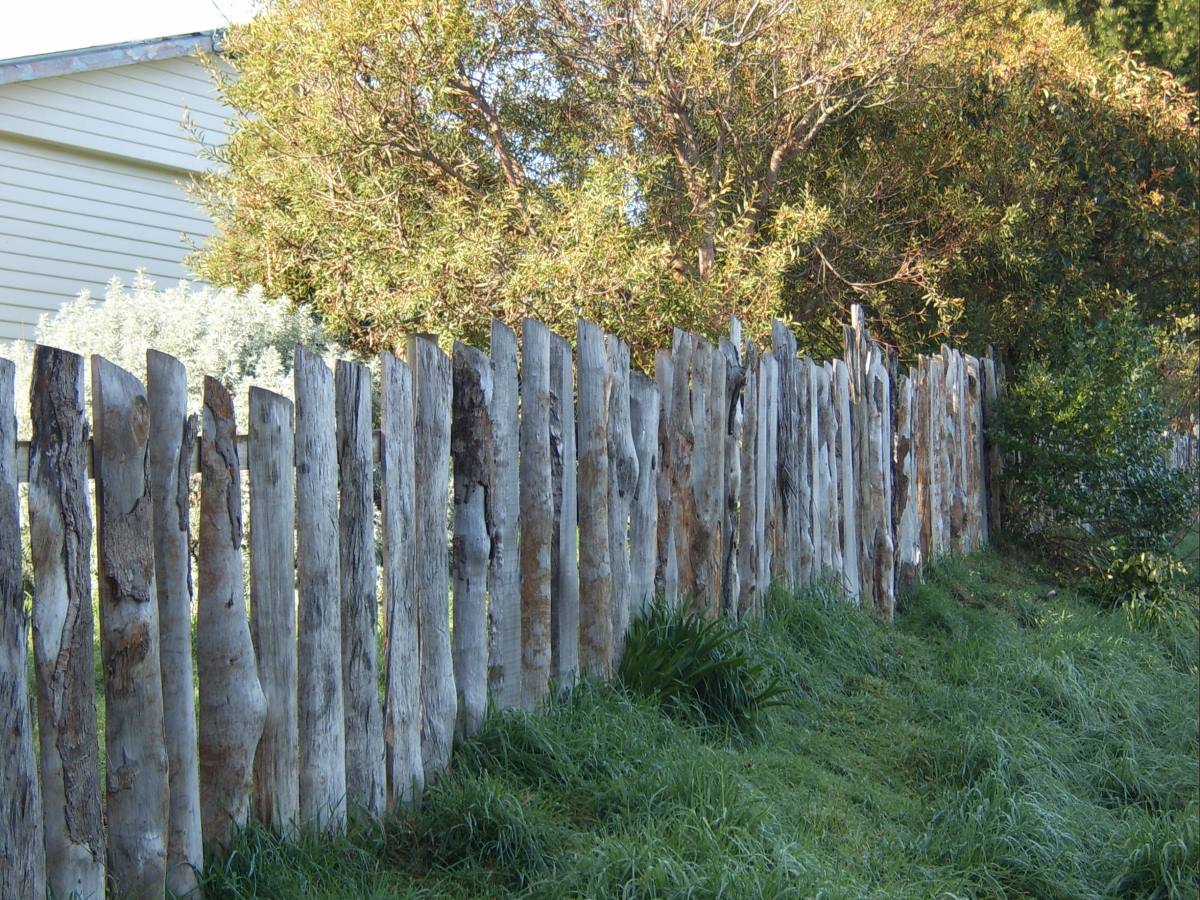

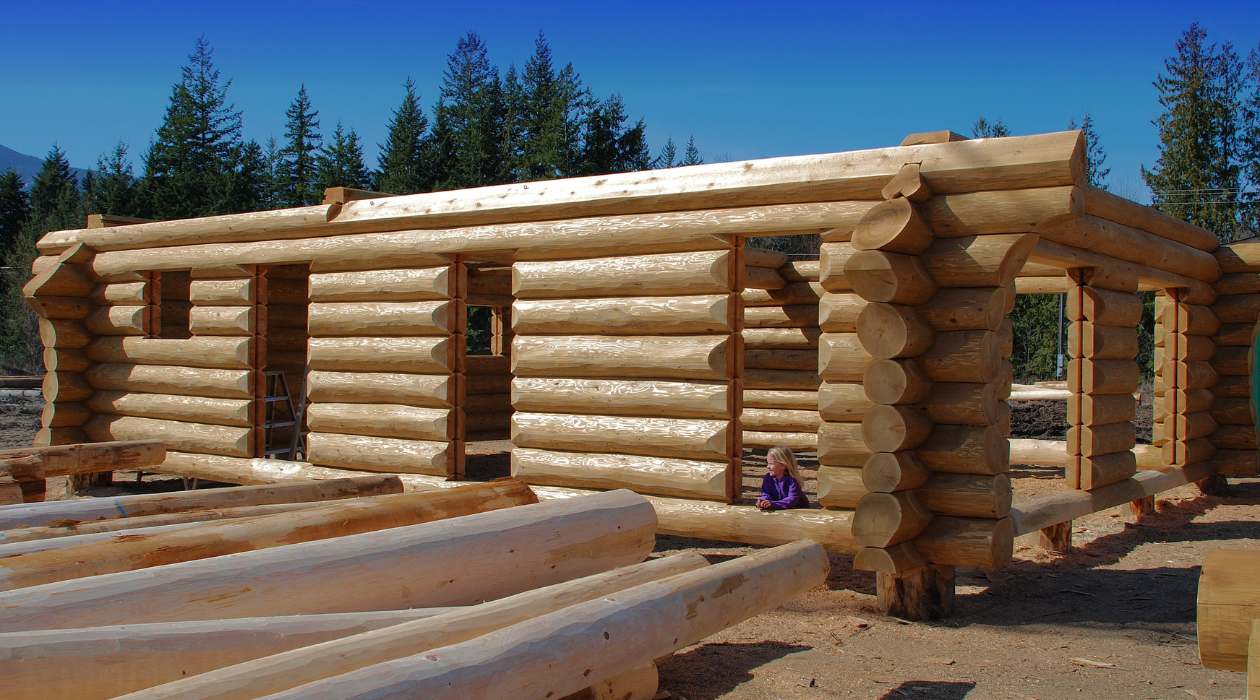
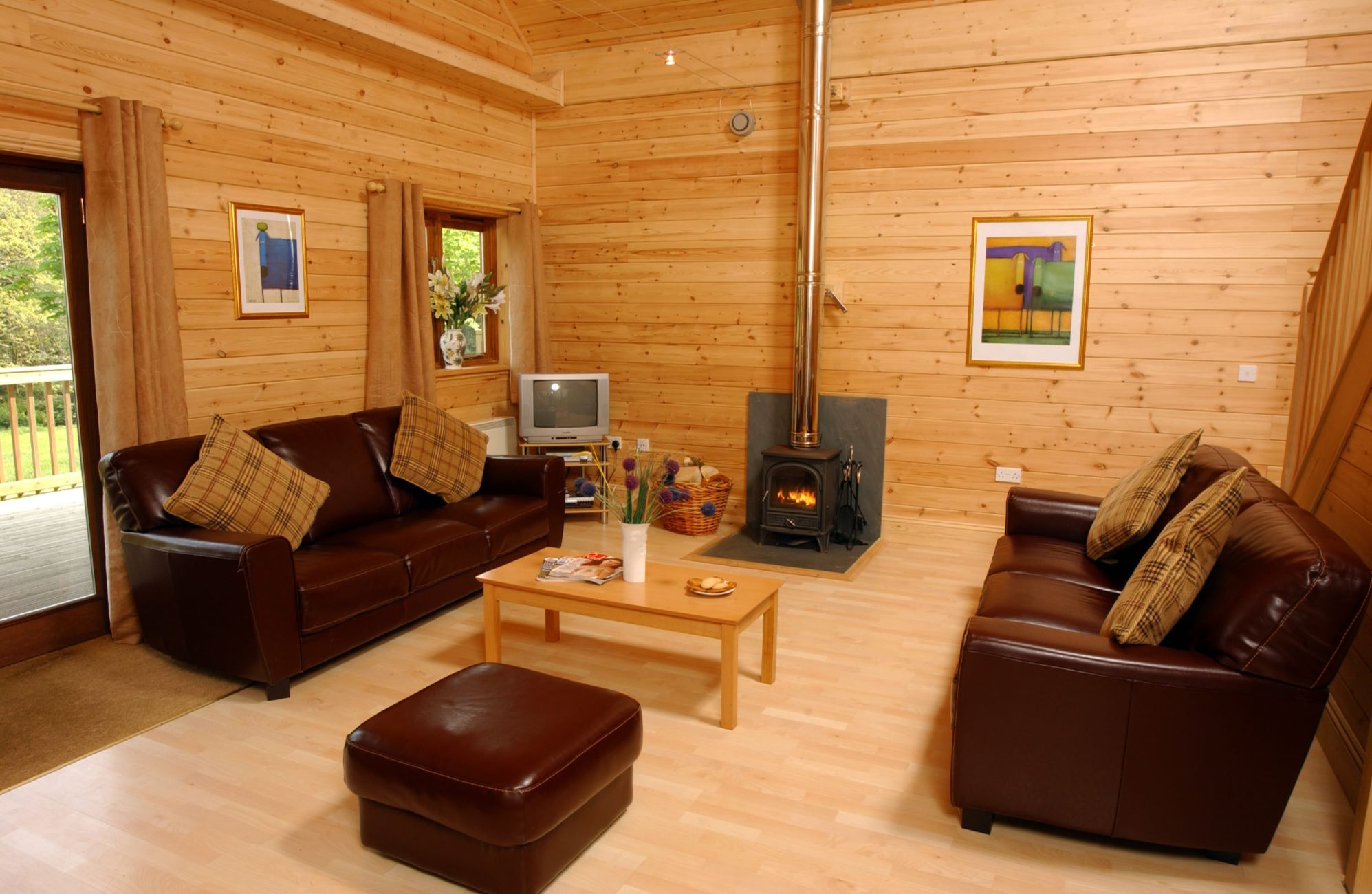

0 thoughts on “How To Place Logs In Fireplace”